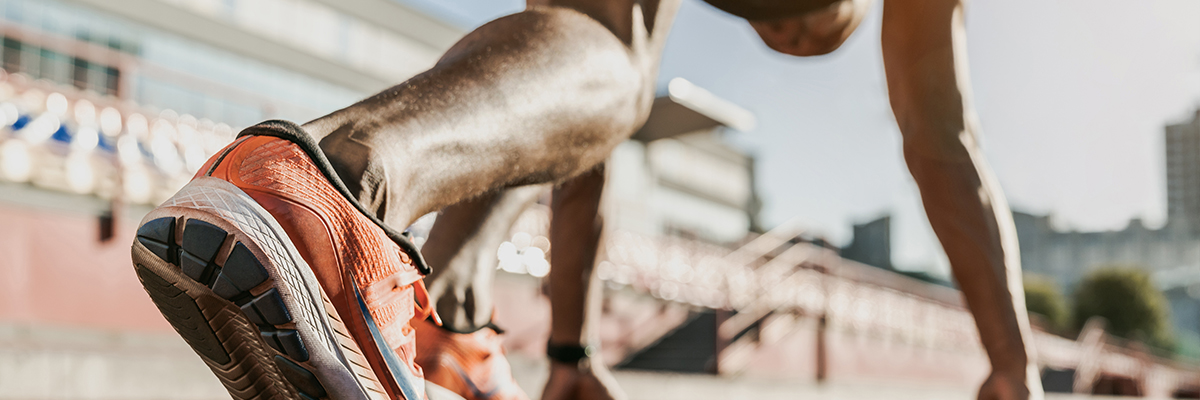Condyle-Specific Matching Does Not Improve Midterm Clinical Outcomes of OCA Transplantation
There was not a significant difference in clinical outcomes between the two groups suggesting that condyle-specific matching may not be necessary.
Read moreClinical Outcomes of Meniscal Allograft Transplantation With or Without Other Procedures
Overall, there seems to be no significant difference between the postoperative patient reported outcomes in terms of isolated MAT and combined MAT.
Read moreHow Should We Secure Our Transplanted Meniscus? A Meta-Analysis
To assess meniscal allograft transplantation (MAT) outcomes and compare the results of different root fixation techniques through systematic literature review. The significant overall improvements in function and pain scores accompanied by low allograft failure rates suggest that MAT is a reliable option. The current data does not demonstrate a difference in fixation method which may suggest that it does not have a significant influence on clinical outcome.
Read moreConcomitant Reverse Hill-Sachs Lesion and Posterior Humeral Avulsion of the Glenohumeral Ligament
Given the loss of integrity in the subchondral bone that occurs with other techniques as well as the persistent damage to the articular cartilage, many have begun to favor anatomic reconstruction with osteochondral allograft.
Read moreFresh Osteochondral Allograft Transplantation for Focal Chondral Defect of Humerus Associated with Failed SLAP Repair
OCA transplantation of the humeral head has previously been described for the treatment of Hills-Sachs lesions associated with glenohumeral instability. Promising results have also been reported using this technique for humeral head articular cartilage defects.
Read moreTibial Allograft Transfer for Medial Tibial Plateau Resurfacing
This paper discusses the preparation and the implantation of the medial tibial plateau and medial meniscal allograft. The most important finding of this report is that tibial allograft transplant offers a viable solution in patients with large osteochondral defects in the setting of ligament injuries.
Read moreMidterm and Long-term Results of Medial Versus Lateral Meniscal Allograft Transplantation: A Meta-analysis
Patients undergoing lateral meniscal allograft transplantation demonstrated greater pain relief and functional improvement than patients undergoing medial meniscal allograft transplantations.
Read moreDistal Tibia Allograft Glenoid Reconstruction in Recurrent Anterior Shoulder Instability
At an average follow-up of 45 months, fresh DTA reconstruction for recurrent anterior shoulder instability results in a clinically stable joint with excellent clinical outcomes and minimal graft resorption. Optimal allograft placement resulted in superior bony incorporation with the native glenoid.
Read moreDistal Tibia Allograft Glenoid Reconstruction in Recurrent Anterior Shoulder Instability
Fresh distal tibia allograft reconstruction results in a clinically stable joint with excellent outcomes in reducing the rate of dislocation and improving pain and function.
Read moreReturn to Sport and Recreational Activity After Osteochondral Allograft Transplantation in the Knee
This paper assesses osteochondral allograft (OCA) survivorship in an athletic patient population as well as determine the level of sport patients are able to return to post-operatively. OCA transplantation can be a successful solution for cartilage injuries in athletes as it allows the majority of patients to resume their highly active lifestyles.
Read moreAnatomical Glenoid Reconstruction Using Fresh Osteochondral Distal Tibia Allograft After Failed Latarjet Procedure
This paper explores the technique for anatomical glenoid reconstruction using a fresh osteochondral distal tibia allograft after a failed Latarjet procedure.
Read moreLong-term Survival Analysis of Meniscus Allograft Transplantation with Bone Fixation
The purpose of this paper is to nvestigate the long-term survival rate of meniscal allograft transplantations (MAT) with bone fixation. MAT using a bone fixation technique demonstrated a high clinical survival rate over long-term follow-up.
Read moreOsteochondral Allograft Transfer for Treatment of Osteochondral Lesions of the Talus
Despite the high incidence of reoperation and failure, carefully selected patients can experience substantially improved function as a result of fresh OCA transplantation in the talus.
Read moreFresh Osteochondral Allograft Transplantation for Fractures of the Knee
The purpose of this paper is to determine functional outcomes and osteochondral allograft (OCA) survivorship in patients that received an OCA transplantation as a salvage treatment for knee fracture. Although the reoperation rate is high, treating osteochondral lesions associated with knee fractures with an OCA can be a successful salvage treatment option.
Read moreEffectiveness of Lavage Techniques in Removing Immunogenic Elements from Osteochondral Allografts
The purpose of the paper is to compare the current standard saline lavage technique to a combination saline and high-pressure carbon dioxide lavage to determine their ability to remove marrow elements from osteochondral allografts (OCA).
Read moreAnatomic Humeral Head Reconstruction With Fresh Osteochondral Talus Allograft for Recurrent Glenohumeral Instability With Reverse Hill-Sachs Lesion
The purpose is to show that the talus allograft is a potential allograft for treatment of an engaging reverse Hill-Sachs lesion.
Read moreOsteochondral Allograft Transplantation of the Knee: Analysis of Failures at 5 Years
Despite a relatively high reoperation rate, the overall allograft survival rate suggests that reoperation itself does not necessarily indicate a failure.
Read moreFresh Osteochondral Allograft Transplantation For Osteochondritis Dissecans Of The Capitellum
Osteochondritis dissecans (OCD) of the capitellum is a rare yet debilitating injury seen in young athletes. This is the first report in the literature describing fresh osteochondral allograft transplantation (FOCAT) to treat OCD of the capitellum.
Read moreWhich Are the Most Reliable Methods of Predicting the Meniscal Size for Transplantation?
This study sought to determine the most reliable techniques for measuring meniscal length and width for patients that need an allograft transplantation.
Read moreComputer Modeling Analysis of the Talar Dome as a Graft for the Humeral Head
This paper examines the degree of surface congruency between the talar dome and humeral head.
Read more



